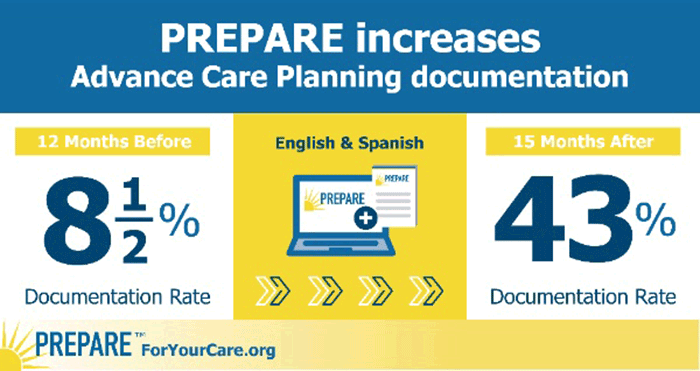
by: Winston Chiong (@WinstonChiong)
As a neurologist, I read this article and was reminded of one of my
pet peeves in how we teach trainees. Rapoport and Rapoport note the ubiquity of
starting the mental status examination with an assessment of the patient’s
alertness and orientation to “person, place and time.” Orientation to person is
supposedly assessed by asking the patient to state his or her own name, and its
traditional placement at the start of presenting the physical examination (just
after the vital signs) might suggest that this assessment is of high clinical
value.
Of course, it’s actually just
about useless. A couple really nice quotes from Rapoport and Rapoport:
Unlike
other principal components of the neurologic examination, orientation to person
does not clearly correspond to a localizable function of the brain or nervous
system, and there is no consensus on how it should be tested, what it
signifies, and under what circumstances—if ever—it can truly be lost.
Although
we have long searched for such a case, from our own experience in examining
neurologic and neurosurgical patients, we can provide no example of a conscious
patient unable to state or appropriately respond to his or her name—apart from
aphasic patients, malingerers, and memorable amnestics romanticized in film and
literary fiction. “Orientation to name” is highly resistant to perturbation,
even in advanced neurologic disease.
I’ll add that I’ve cared for a
handful of patients with transient global amnesia, a fascinating and thankfully
temporary condition in which patients are unable to form new memories,
repetitively ask where they are and what they’re doing, and are often
disoriented to the decade. These patients never forget their names. Similarly,
patients with advanced dementia who can no longer correctly identify close
family members remember their own names, pretty much as long as they can
meaningfully respond to any other question. There are rare psychiatric patients
with total autobiographical dissociative amnesia (so I’ve heard), but their
presentation is obvious and unusual enough that we don’t need to screen for
them in a general examination.
Thus, when I read or hear that a
patient is “alert and oriented to person, place and time” (or worse: “A & O
times three”), I tend to assume that the doc reporting this element of the exam
is either very green, or lying. Because really, what astute clinician actually
asks all of his or her patients to state their own names? Is there any context
in which this is even conceivably useful?
So I’m nodding along to Rapoport
and Rapoport’s historical discussion of the German origins of examining
“orientation to persons” (that is, of the other people around the patient) as
part of the patient’s broader awareness of his or her situation, which then got
lost in English translation as “orientation to person”—as in, knowledge of
one’s own identity and name. But then I got to this shocker at the end:
We
advocate that orientation to person (self and own name) and orientation to
persons (others and situation) both be assessed in the neurologic
examination of mental status. [my emphasis]
What a cop-out! My alternative
suggestion: if a component of your examination has no localizing or other
diagnostic value, and if reporting that finding communicates nothing about the
patient besides the naivete or insincerity of his or her doctor, and if we only
got started with this silly practice from a historical and linguistic
mistake… maybe you should stop doing it and use your precious examination
time for something more useful? And teach your students and other trainees to
do the same?



